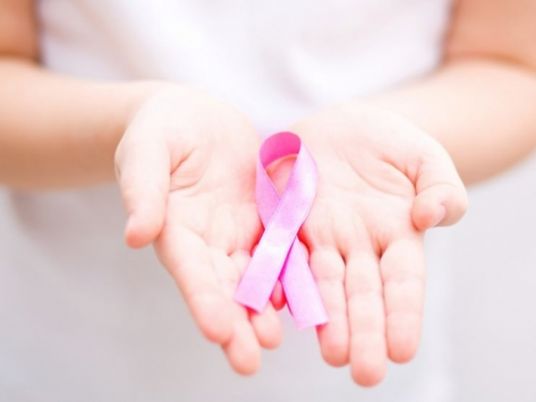
Most breast cancer survivors require routine mammograms and physical exams to check for new tumors, but they don’t need additional imaging or lab tests unless symptoms suggest malignancies may have returned, according to new joint guidelines from two leading U.S. cancer groups.
The guidelines issued today by the American Cancer Society and the American Society of Clinical Oncology (ASCO) provide an updated road map to help women and their primary care doctors navigate not just surveillance for new tumors but also a range of mental and physical health problems that can accompany survivorship.
“Women with a history of breast cancer are at higher risk than women without a history of breast cancer for many issues, including obesity, heart disease and sexual health issues,” two authors of the guidelines, Dr. Carolyn Runowicz of Florida International University in Miami and Corinne Leach of the American Cancer Society in Atlanta, said in a joint email.
After skin cancer, breast tumors are the most common malignancy among women, representing 4 in 10 female cancer survivors in the U.S., the researchers note in the Journal of Clinical Oncology.
Long-term survival is common, with 90 percent of breast cancer patients living at least five years after their diagnosis.
To update treatment guidelines for these women, researchers analyzed evidence from 237 previously published studies on breast cancer survivors and consulted with experts in primary care, gynecology, surgical and medical oncology, radiology and nursing.
Data from these studies don’t offer enough evidence to suggest women need regular imaging scans or lab tests for screening purposes because there isn’t a survival benefit and there is a potential for false-positive results to lead to even more invasive testing.
Many women who still have at least one remaining breast after cancer treatment is complete – meaning they didn’t get a double mastectomy – can still benefit from mammograms but they don’t all need magnetic resonance imaging (MRI) tests.
To prevent cancer recurrence and improve survival odds, women should remain on endocrine therapy for five to 10 years, data suggest. Many women stop sooner due to cost, side effects or other reasons, the researchers note.
Depending on the type of breast cancer and treatment women had, they may have an increased risk of blood clots, strokes, bone weakness, fractures, breathing difficulties and sexual health problems, the guidelines point out.
Distress, depression and anxiety may also be ongoing problems for breast cancer survivors, particularly if they were younger when they were diagnosed or had a history of mental illness prior to the cancer diagnosis, according to the guidelines.
“These new guidelines represent a comprehensive set of recommendations covering the spectrum of issues that face breast cancer survivors after their primary treatment,” said co-author Dr. Gary Lyman, co-director of the Hutchinson Institute for Cancer Outcomes Research in Seattle and an advisor to ASCO on survivorship issues.
The guidelines may be particularly helpful to primary care providers, who may not be as consistent as specialists with follow-up and surveillance or as aware of common complications faced by breast cancer survivors, said Dr. Richard Bleicher, a breast surgeon at Fox Chase Cancer Center who wasn’t involved in the guidelines.
“I suspect that the biggest improvement will be for things outside of X-rays, laboratory studies, and physical examinations,” Bleicher said by email. “Issues such as sexual health, cognitive impairment, fatigue and other personal issues and symptoms are probably addressed in a widely varied and inconsistent fashion, if at all, in many practices.”
Read more at Reutershttp://www.reuters.com/article/us-health-breastcancer-survivor-guidelin-idUSKBN0TQ27Z20151207#bGJFdJ465tohX4LI.99


